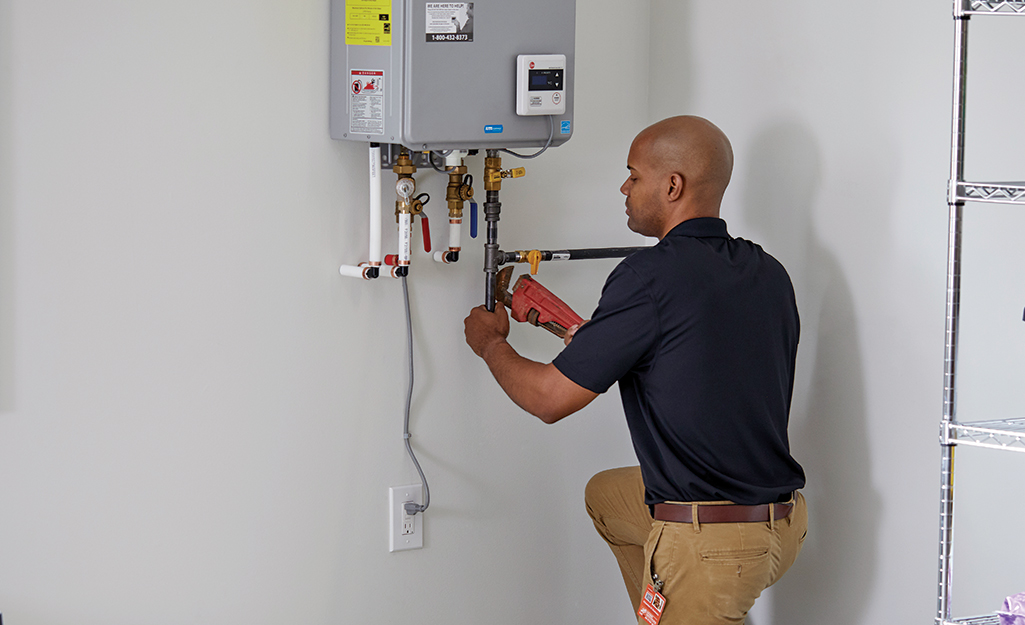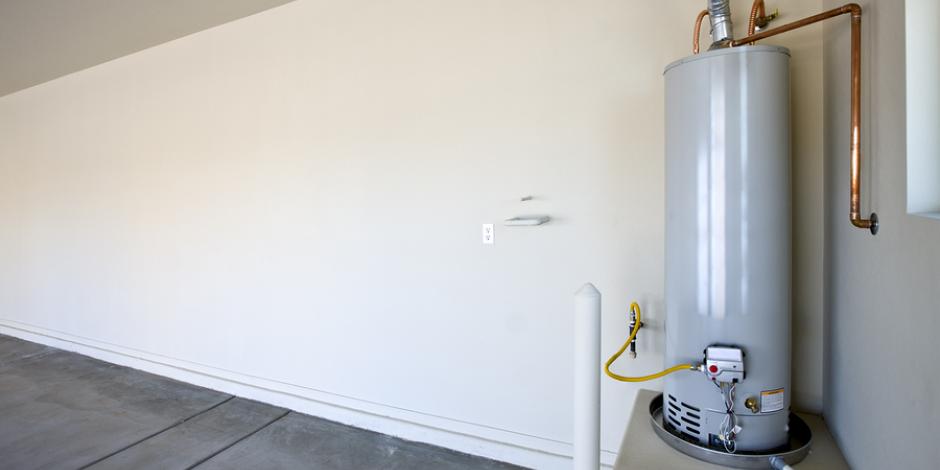We've come across this article involving How to Maintain a Hot Water Heater in a Few Simple Steps below on the net and figured it made sense to discuss it with you on this site.

Warm water is vital for everyday comfort, whether it's for a rejuvenating shower or washing recipes. To guarantee your hot water system runs efficiently and lasts much longer, regular upkeep is essential. This article supplies functional suggestions and understandings on just how to preserve your home's hot water system to prevent interruptions and costly repairs.
Introduction
Keeping your home's warm water system may seem overwhelming, however with a few easy steps, you can ensure it operates efficiently for several years to find. This guide covers everything from recognizing your warm water system to do it yourself maintenance tips and recognizing when to employ professional aid.
Relevance of Preserving Your Hot Water System
Regular upkeep not only prolongs the lifespan of your hot water system but also ensures it runs successfully. Disregarding upkeep can cause reduced efficiency, higher energy costs, and even premature failing of the system.
Signs Your Warm Water System Needs Upkeep
Knowing when your hot water system requires focus can avoid significant issues. Watch out for signs such as irregular water temperature level, unusual noises from the heating unit, or rusty water.
Comprehending Your Warm Water System
Before diving into upkeep tasks, it's valuable to recognize the basic elements of your warm water system. Typically, this includes the water heater itself, pipelines, anode poles, and temperature controls.
Regular Monthly Maintenance Tasks
Routine month-to-month checks can help catch small concerns before they intensify.
Purging the Hot Water Heater
Flushing your water heater removes debris build-up, improving efficiency and lengthening its life.
Checking and Replacing Anode Rods
Anode rods stop deterioration inside the tank. Examining and replacing them when worn is vital.
Evaluating and Adjusting Temperature Setups
Adjusting the temperature settings makes certain optimal performance and security.
DIY Tips for Upkeep
You can do numerous upkeep jobs yourself to keep your hot water system in top condition.
Looking for Leakages
Frequently check pipelines and links for leaks, as these can lead to water damage and higher bills.
Testing Pressure Alleviation Valves
Checking the pressure relief valve ensures it works properly and avoids excessive pressure buildup.
Insulating Pipes
Shielding warm water pipelines minimizes warm loss and can conserve energy.
When to Call an Expert
While DIY upkeep is beneficial, some issues require professional expertise.
Complicated Problems Needing Professional Help
Examples include major leaks, electric issues, or if your hot water heater is continually underperforming.
Regular Specialist Upkeep Conveniences
Professional maintenance can include thorough evaluations, tune-ups, and making sure compliance with security requirements.
Final thought
Normal upkeep of your home's warm water system is vital for efficiency, longevity, and price savings. By following these ideas and understanding when to seek specialist assistance, you can guarantee a reputable supply of hot water without unanticipated disruptions.
How to Maintain an Instant Hot Water Heater
Before tinkering with your hot water heater, make sure that it’s not powered on. You also have to turn off the main circuit breaker and shut off the main gas line to prevent accidents. Also turn off the water valves connected to your unit to prevent water from flowing into and out of the appliance. 2. When you’re done, you have to detach the purge valves’ caps. These look like the letter “T” and are situated on either side of the water valves. Doing so will release any pressure that has accumulated inside the valves while at the same time avoid hot water from shooting out and burning your skin. 3. When the purge valves’ caps are removed, you have to connect your hosing lines to the valves. Your unit should have come with three hoses but if it didn’t, you can purchase these things from any hardware or home repair shops. You can also get them from retail stores that sell water heating systems. Read the user’s manual and follow it to complete this task properly. When the hosing lines are connected, open the purge port’s valves. 4. You should never use harsh chemical cleaners or solutions when cleaning your unit. Make use of white vinegar instead. It should be undiluted and you’ll probably use about 2 gallons. 5. Now flush your water heater. This task should probably take about 40 minutes. We can’t give you specific directions for this because the procedure is carried out depending on the type, model and brand of your heater. With that being said, refer to the user’s manual. 6. When you’re done draining the unit, you have to turn off the purge port valves again. Remove the hosing lines that you earlier installed on each of the water valves. Put the valve caps (purge port) back in their respective places and be very careful so as not to damage the rubber discs that are found inside these caps. 7. Now that everything’s back in place, check your user’s manual again to find out how to reactivate your water heating system. 8. Once it is working, turn one of your hot water faucets on just to let air pass through the heater’s water supply pipes. Leave the tap on until water flows smoothly out of it. https://www.orrplumbing.com/blog/2014/september/how-to-maintain-an-instant-hot-water-heater/

We were made aware of that write-up on What Kind of Maintenance Do Water Heaters Need? from an acquaintance on another blog. Loved our piece of writing? Please share it. Help others locate it. Thanks a bunch for being here. Don't hesitate to come visit our website back soon.
Check It Out